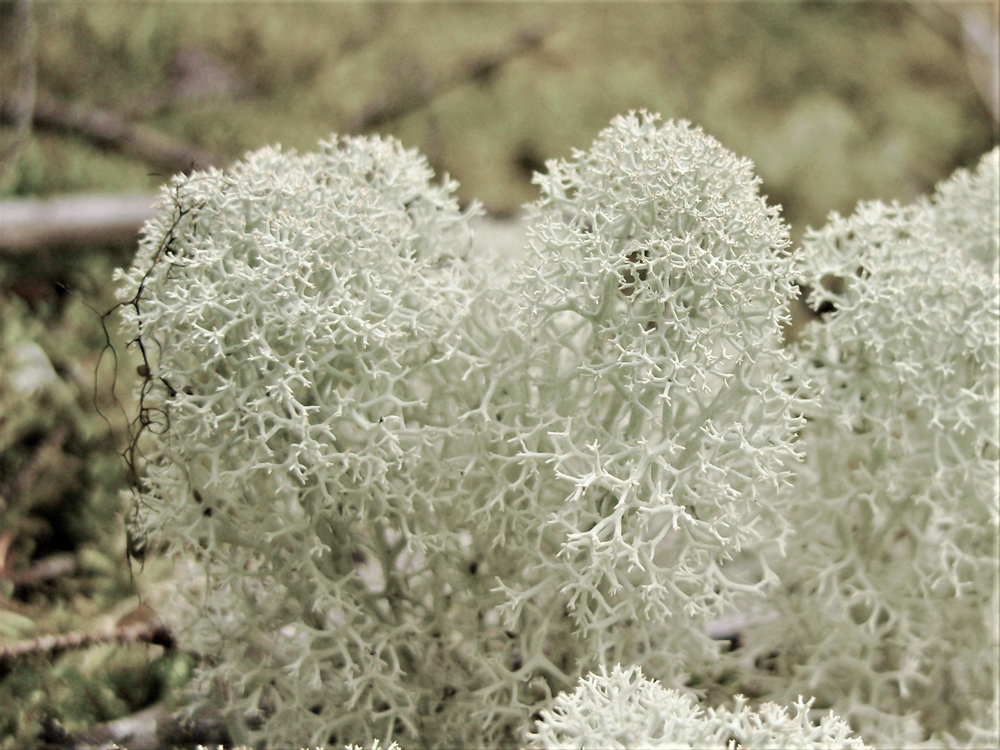by Lorraine Schmid
A few years ago, I came across Johanna Paungger’s writings on planting, harvesting, preserving of fruits and vegetables, garden maintenance, and composting, and I was instantly fascinated. As I delved more into her teachings and started applying her methods, I noticed my seeds germinated faster; my fruits and vegetables grew stronger; I had an easier time weeding; and the fence posts we set were more solid.
One of Paungger’s ideas that really resonated with me was about the planting of fruit trees within a vegetable garden. Since I have incorporated fruit trees in our vegetable garden, I pay particular attention to their maintenance. The following summary is what I have learned from Paungger and from my own experiences.
Planting any fruit tree is best done in a waxing Moon when the Moon is in a Fruit day namely Aries, Leo or Sagittarius.
Transplanting of fruit trees works best in spring or fall in Virgo. My preference is to transplant in the fall, since the tree’s energy can be concentrated on establishing a strong root system (as opposed to producing above-ground growth, and fighting summer heat).
If pruning is required, it is best to do that in winter, from early January to February, in a waning Moon on a Fruit day.
Harvest fruit for storage on a waning Moon on a Fruit day.
Grafting is best done on a waxing Moon on the last Fruit days before the Full Moon from late winter to early summer.
In addition to the scientific benefits of having fruit trees in our market garden, the sheer beauty of trees peppered in and amongst the vegetables adds to the happiness I feel when I walk amongst them. The fact that fruit trees are a perennial food source is a welcome by-product. These fruit trees tend to attract more insects, bees, butterflies and birds to the garden, so the garden literally hums with excitement throughout the summer.
Reference:
Paungger, Johanna, Thomas Poppe, The Power of Timing: Living in Harmony with Natural and Lunar Cycles. Ebury Publishing (Random House Group), London, UK. 2013
|


![]()

 by Alf Buffam
by Alf Buffam  by Troy McMullin
by Troy McMullin